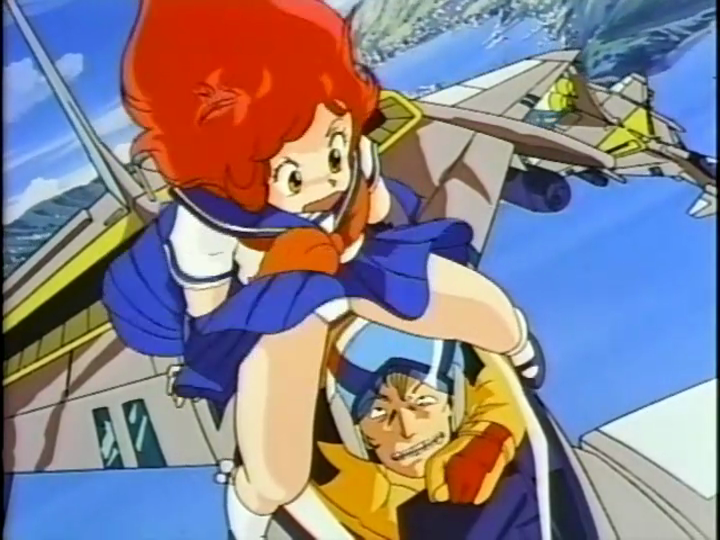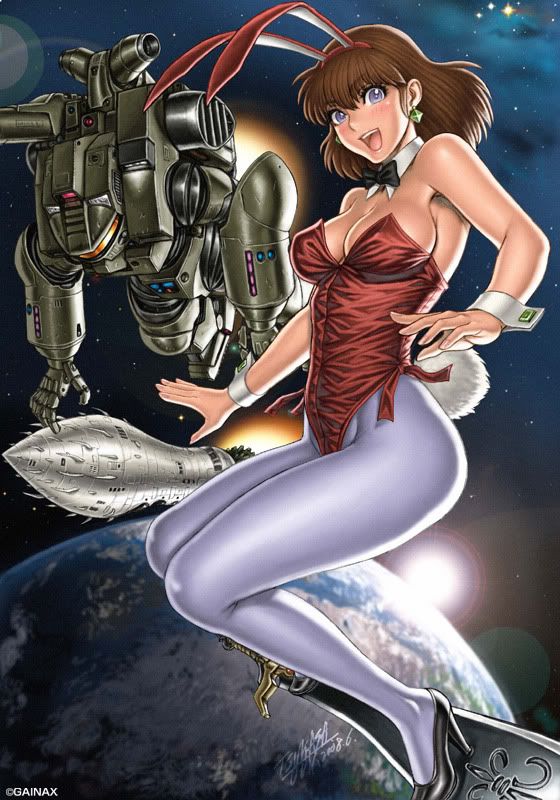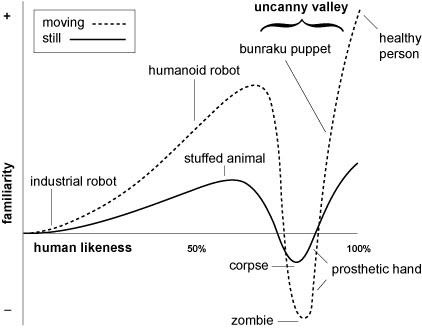This is a refined and expanded version of an editorial I originally wrote for Japanator. The original can be found here.
It seems one of the biggest problems in the ongoing moe debate is the lack of any concrete definition for the term “moe.” This has lead to all sorts of argument among otaku; some believe the term can be applied to any female character the viewer considers cute, while others argue it should be strictly limited to its original Japanese definition. Personally, I think the truth lies in between these two extremes. After all, language is defined by its usage, not by the opinions of a few crazed fanboys or some dusty old dictionary. Therefore, based on my own observations and research, I have created the Four Laws of Moe. I believe these laws lay out, in clear and concise detail, the exact parameters of moe and what traits a character must exhibit in order to be considered as such. Of course, these laws are merely a reflection of my own opinion; feel free to improve upon them, argue against them or even construct your own alternative theory. Whatever the case, I’d love to hear your thoughts in the comment section below.
Read more after the break!





